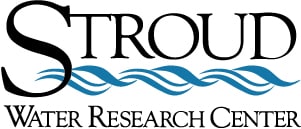Last updated on 2022-09-28
Please note: Model My Watershed’s Watershed Multi-Year Model is now the primary framework for running the latest GWLF-E model version. It has replaced MapShed and BASINS because those desktop applications were built on the aging MapWindow GIS package that is no longer supported. If you have questions beyond what is provided in this documentation, please contact us so that we can connect you with MapShed developer Barry Evans, Ph.D.
Alternatively, you can run the latest version in Model My Watershed.
MapShed is a customized GIS interface that is used to create input data for an enhanced version of the ArcView Generalized Watershed Loading Function watershed (GWLF-E) model originally developed at Cornell University. With MapShed, a user selects areas of interest, creates model input files, runs the simulations model, and views the output in a series of seamless steps.
